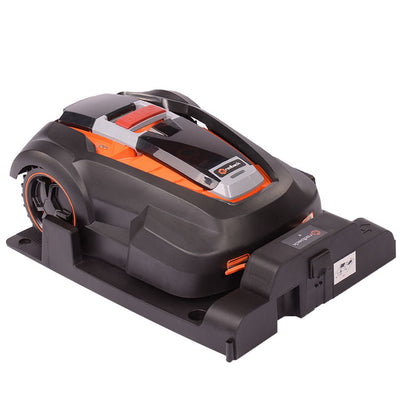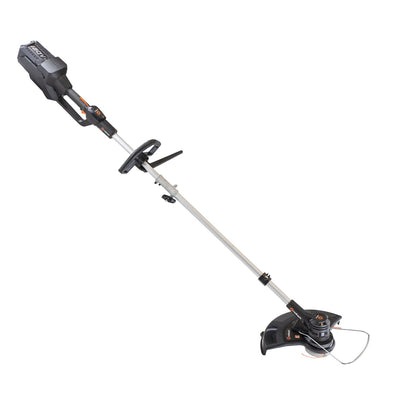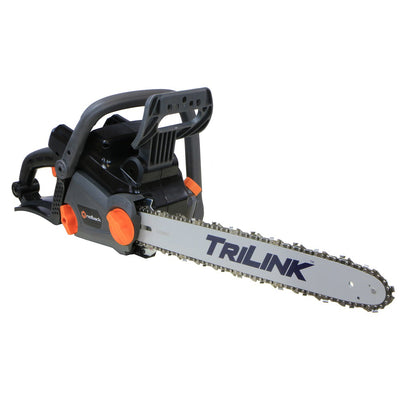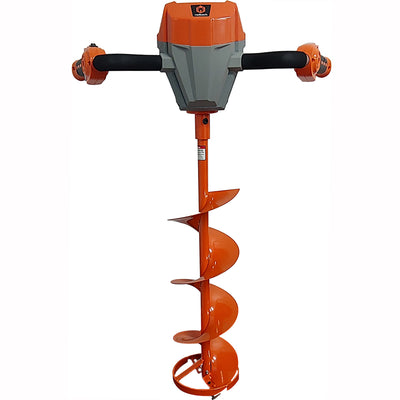How To Prepare Soil For Planting
To ensure the happiness of your plants, it's important to have healthy soil. Whether you're starting a garden from scratch or preparing an existing one for the upcoming growing season, it's crucial to take the time to check your soil and make it a nutrient-rich environment for your green babies. But first you have to know how to prepare soil for planting.
This guide has got you covered no matter the size of your garden or your level of gardening expertise.
Determining Soil Health
The first step to preparing the best soil for your plants is to assess your soil's health. It includes testing pH levels, nutrient content, and texture features such as how well the dirt retains water. If you're starting from scratch with a completely new garden space, you can skip straight ahead for the steps in amending and fertilizing your soil. But suppose you are working with an existing area. In that case, assessing your soil is important to determine what kind of amendments or fertilizers it requires.
Loosening the Soil
Once you understand your soil's health, the next step is to loosen the dirt. An earth auger is one tool that can break apart compacted soil and aerate it for better drainage and more efficient planting. Once the auger has loosened up the top few inches of dirt, it's time to work in any amendments, fertilizers, or organic material. It will create the perfect environment for your plants to grow and thrive.
Testing Drainage
Testing the drainage is the next step in preparing your soil for planting. You can do this by digging a hole, filling it with water, and watching how quickly it disappears. It will tell you how fast moisture moves through the soil and whether it will likely be too dry or too soggy for optimal plant growth. If your soil is not draining quickly enough, you may need to add sand to help with drainage.
Fertilizing
Adding organic matter is the best way to prepare the soil for planting. Adding chemical fertilizers will replenish only certain nutrients and do nothing for maintaining good, friable soil. Organic matter will help supply everything your plants need. Try adding compost or aged manure or using mulch or cover crops (green manures) to provide nutrient-rich soil so your plants can thrive.
Amending Clay Soil
For clay soils, you must add organic matter or amendments to create a looser substrate. If your soil is very heavy and dense, it may require more drastic measures, such as double digging. Double digging involves removing the top 12 inches of soil from an area and replacing it with amended soil or compost. This process can greatly improve the drainage of clay soils and make them more suitable for planting.
Weeding
 You'll want to ensure that there are no weeds to compete with your plants. If you already have a garden, you can use a weed trimmer or hoe to remove existing weeds. Consider using landscape fabric or black plastic film for new gardens to keep weeds at bay until your garden beds are planted.
You'll want to ensure that there are no weeds to compete with your plants. If you already have a garden, you can use a weed trimmer or hoe to remove existing weeds. Consider using landscape fabric or black plastic film for new gardens to keep weeds at bay until your garden beds are planted.
Setting Up Irrigation System
Finally, consider setting up an irrigation system if you have a large garden area. A drip irrigation system is easy to set up. It can be automated with a timer so that your plants get the correct amount of water at the right time. The irrigation will help maintain moisture levels in the soil and reduce the chance of disease from wet foliage.
These preparations will ensure that your soil is in tip-top shape for planting. Now you can enjoy a beautiful garden full of healthy plants!






